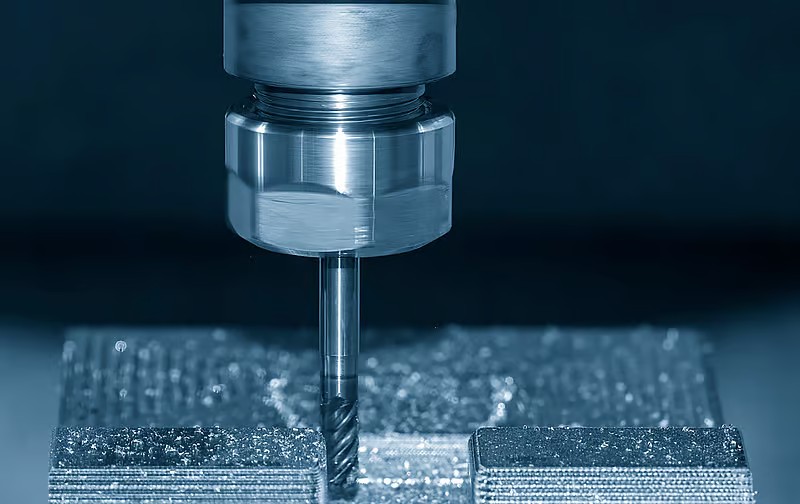When machining precision components, the shape and design of your cutting tools are critical. They influence everything from force to wear and even chip flow. For instance, the rake angle is directly linked to reduced forces while enhancing chip removal; a positive one often does wonders here.
Meanwhile, relief angles contribute significantly as well by managing chips effectively and lessening stress on the tool. The sharpness at each edge also matters greatly – with finer edges promising smoother finishes plus extended durability for your tools, boosting overall efficiency in any precision metalworking task.
Maximize Cutting Accuracy with Tool Geometry
In your quest to maximize cutting accuracy, the devil is in the details—specifically tool geometry. You know that sharpness isn’t all; it’s about angles like rake and relief, crucial for managing forces during a cut. A well-calibrated positive rake angle eases cutting effort, boosting chip flow away from workpieces.
Meanwhile, an apt relief angle staves off undue friction that can wear down tools swiftly. Consider the edge radius as well. This subtle curve mitigates wear and blesses finishes with smooth grace. Precision cutting tools are essential for achieving these results.
Tool Shape Influence on Precision Outcomes
In precision shear cutting, your tool’s shape directly affects the final product. Imagine you’re using a punch with an incorporated radial stress mechanism; this novel approach tweaks both the cut and punch surface. You’ll see changes in smooth or rough cuts and even their cylindrical nature – thanks to that added stress during shearing.
The newer method doesn’t just improve aesthetics but also performance parameters like hole quality, which matter tons when dealing with tough metals like Advanced High-Strength Steel (AHSS). Stats back it up: tweaking sheet thickness alongside clearance matters for top-notch results. Shear strength skyrockets without sacrificing speed—a win-win!
Just remember: control those parameters precisely because they could make or break your project outcomes.
Optimal Tool Design for Enhanced Machining Precision
With machining, precision hangs on the caliber and design of your tools. Opt for durable materials that fend off wear over countless cycles—this is crucial for lengthy production runs. You might reckon cost as a high priority, true enough, but it’s a savvy balance you seek between expense and relentless accuracy in every piece crafted.
Bear this in mind: penny-pinching on subpar tooling backfires with increased downtime. Lean into sustainability; select long-lasting tool designs to slash waste—the planet (and your budget) will thank you later! Remember that steadfast repetition births excellence in product quality—a direct win from smartly crafted tools built to last during demanding manufacturing marathons.
Tool geometry shapes your work’s success. Sharp angles and precise dimensions matter for cutting precision. As you choose tools, think about the shape: it affects how materials get cut or shaped.
Every edge, curve, and point on a tool makes a difference in its ability to slice with accuracy. Suncoast Precision Tools knows this craft well; they offer equipment crafted for top-notch performance where detail matters most. Remember, selecting the right tool isn’t just about size, but also geometric perfection that fits your project needs precisely.

